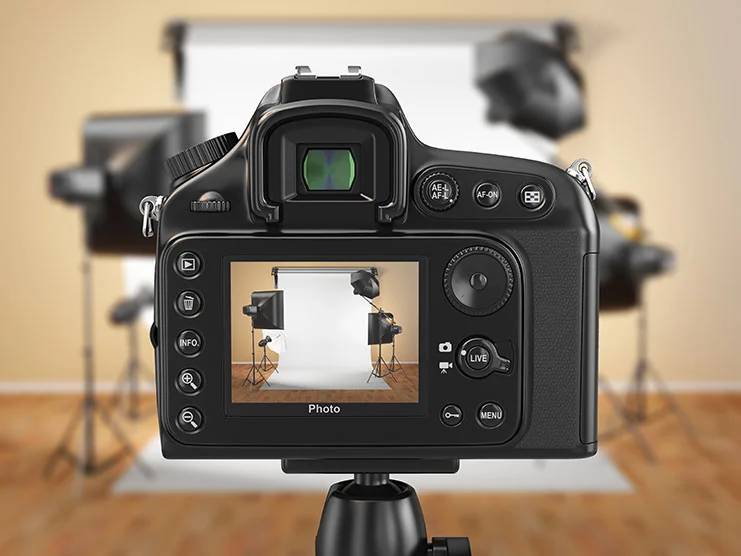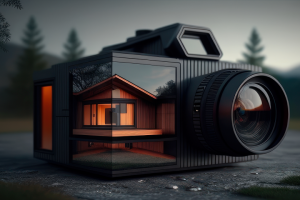Setting up a photography business could be your ticket to a lifelong, lucrative career with flexible hours, varied jobs and a sense of freedom. If you’re interested in turning your creative hobby into a fully-fledged business, look no further.
Photography is a highly popular field these days. This is in part due to the readily available good quality camera equipment (made easier to purchase through the large second hand market), but also because more and more young people are turning away from the nine to five job structure in favour of the more fluid self-employed lifestyle.
It is getting tougher to stand out from the crowd and establish yourself as a reputable photographer, but don’t let anything stand in the way of your dream to run your own business. Instead, follow our step-by-step guide to get you on your way.
1. Find your speciality
The chances are, if you are already a professional or hobby photographer with a view to setting up a business, you have already given this some thought.
If not, decide on your main genre or genres. You needn’t choose just one, but you will need some sort of focus. Where do your interests lie, what are your unique selling points and what do you want to be known for?
Whether it is photojournalism, sports, weddings or property photography, your niche will help you develop your brand and build a reputation in your chosen area.
2. Write a plan
You may not see it as a must-do right now, but a plan will help you set goals for your business. Without considering where you want to take your business and how you are going to get there, you are likely to lose sight of your goals later down the line.
A good plan will include the details of your business, your expenses and a game plan for making your business profitable. This doesn’t need to be all singing and dancing – a clear and concise two sided document is more likely to be something you refer back to later on.
Running a photography business is one part photography skills and two parts business skills. And those business skills should also include getting out the door and getting yourself in front of the right people who are going to give you work.
3. Kit yourself out with photography gear
Your camera equipment is a crucial investment for your business and it’s important you have high quality, reliable gear that you feel comfortable using.
A starting kit should include two cameras (for example one good quality DSLR and one maybe cheaper backup DSLR), a range of lenses – this will depend on your specialism, one high quality flash, a tripod and photo editing software such as Photoshop or Lightroom.
The costs for your gear, as well as projected costs for upgrades or replacement gear, should all be mapped out in your business plan so you can plan and budget accordingly and continue to develop your kit going forward.
4. Create an online presence
You’ll need to choose a name, design a logo and build a website to showcase who you are and what you do.
It might be a good idea to invest in a professionally created website if you don’t possess the skills yourself, or at least a unique photography website template that sets you apart from your competition. After all, your website is like your shopfront. It will endear you to your potential clients and customers, or discourage them from working with you.
Write website copy, show examples of your previous work and include your contact details where people can easily find them.
You should consider setting up LinkedIn, Twitter, Facebook and Instagram accounts for your business. Start up a blog through your website that you’ll update regularly and link to your social media channels.
5. Build your portfolio
Related to your website is your photography portfolio, since this will probably make up the bulk of your website content.
If you currently have a thin collection of your previous work, it might be time to venture out into the world and build a portfolio of images related to your chosen area(s) of interest and specialism. This could involve applying for a photographer’s pass at an event to shoot for a magazine you have pitched to, photographing a friend’s wedding or property if they are putting it on the market, or becoming a second photographer to some of your other photographer contacts.
It’s up to you if you are prepared to work for free in the early stages of building your portfolio, but it might be necessary before you are able to prove yourself through previous experience.
6. Attract clients
While it’s wonderful when customers hear about you through word of mouth and approach you, it might take some time before this happens often enough to make a solid income from this passive stream of business alone. Until then, you’ll need to do a lot of legwork.
Promote your work through your social media. Network as much as you can offline as well – telling all of your contacts and every person you meet what you do and that you’re available for freelance work. Hand out business cards with your contact details.
Use the internet to research potential clients and customers such as websites and publications and reach out to them with a personalised email describing what you do and include a link to your portfolio. Search for freelance photography projects on sites such as elance.com.
7. Grow your business
Once you’ve won you’re first few clients and completed some projects, it’s time to assess how far you’ve come and how you want to move forward.
Do you feel like there is a steady and manageable flow of work, too much to handle or not enough to pay your bills? Whatever you’re lacking, be it time, money or ideas, you can take control and turn it around.
You may want to hire some help in the form of a photo editor to free up some time for shooting, or up your marketing efforts to include advertising, an email newsletter or a blog that’s rich with your photography and insights.
If you haven’t got enough work then look in to how you can fill your diary with supplementary work by expanding into different types of photography.
8. Keep learning
Photography equipment and its technical capability continue to advance so it’s important to ensure your skills and knowledge are up to speed. Take time to read blogs, join online communities, learn from others in the field and experiment.
Running your own photography business means taking on the role of freelancer, managing director, finance officer and entrepreneur all rolled into one. While it may not always be the easiest or most glamorous of professions, with dedication and commitment you can build the autonomous and rewarding career you’ve always wanted.





